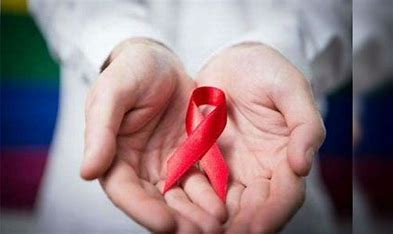
HIV Infections Down 22%, Deaths Drop 40% Globally: Lancet Study
New data from The Lancet HIV reveals that global HIV infections have dropped by 22%, while HIV-related deaths have declined by 40%. Despite these gains, the study cautions that the world is not on track to meet the UNAIDS 2030 targets of cutting new infections and AIDS-related deaths by 90%.
Key Findings of the Study
- HIV Prevalence and Mortality Trends
- The number of people living with HIV is expected to peak at 44.4 million by 2039 before slightly declining to 43.4 million by 2050.
- At least 1 million people contract HIV annually, and about 25% of those infected are not receiving treatment.
- Regional Disparities
- Sub-Saharan Africa has driven much of the global progress, with a 60% decline in lifetime HIV acquisition risk since 1995.
- In contrast, central Europe, eastern Europe, and central Asia have seen a sharp rise in infections, with the probability of HIV acquisition increasing by 586.4% from 1995 to 2021.
HIV Projections and Metrics
The study introduced two critical new metrics:
- Prevalence of Unsuppressed Viraemia (PUV): Proportion of individuals without a suppressed viral load.
- Period Lifetime Probability of HIV Acquisition: The likelihood of acquiring HIV over a lifetime in a simulated population.
These metrics aim to improve the understanding of HIV burden and aid in policy planning for countries worldwide.
Call for Action: Strengthening Global HIV Response
The authors recommend expanding HIV prevention services and strengthening global health initiatives like the US President’s Emergency Plan for AIDS Relief (PEPFAR). The report highlights the importance of robust public health programs to sustain progress and achieve the 2030 targets.
The Path Ahead
While global trends indicate progress, disparities in regional responses and slow adoption of effective treatment measures underline the need for sustained and targeted interventions.
















